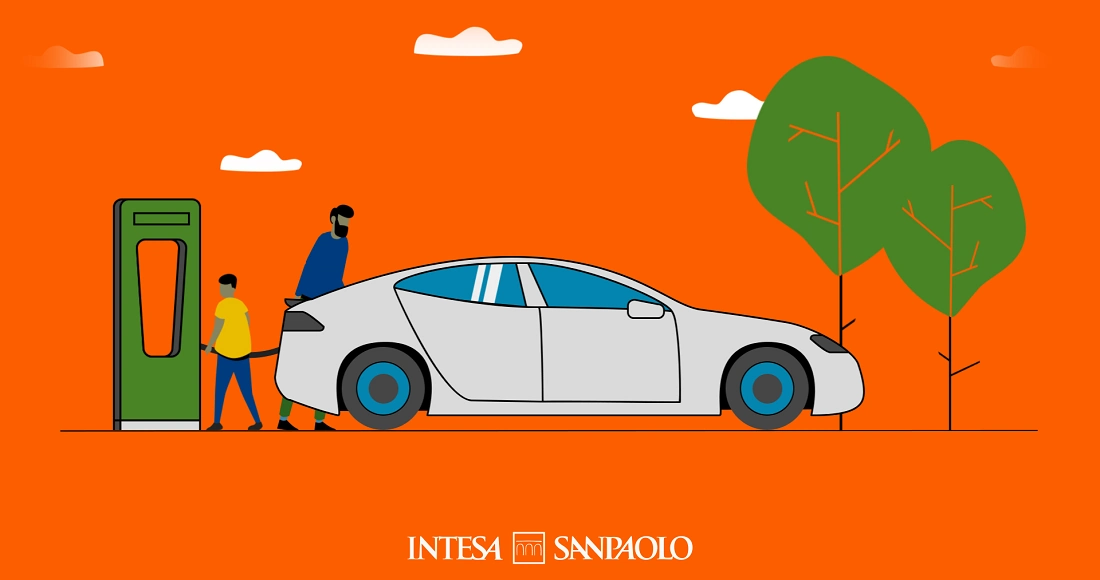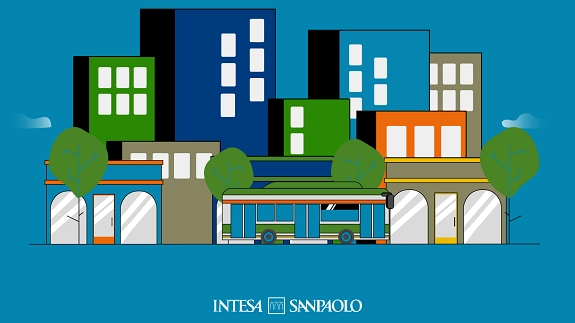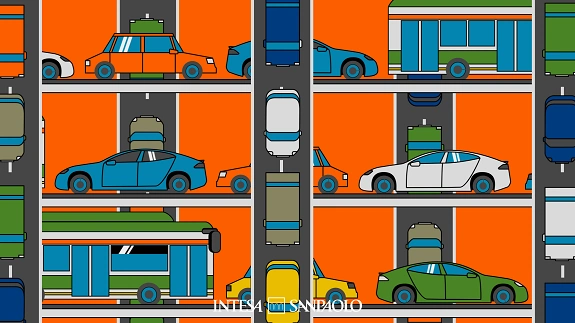
Circular mobility in cities
How circular mobility will revolutionise movement in our cities
03/02/2022
Watch the film to learn more about circular mobility and how it will revolutionise movement in our cities.
City dwellers want to get around quickly and easily, unburdened by delays, traffic jams, and mounting fuel and ticket costs. Meanwhile our cities are hotspots of pollution and waste, and need to be transformed if we are to reach our carbon-neutral goals.
Circular mobility is a key area of change for cities – one that will address both of these problems. By applying artificial intelligence (AI), the sharing economy, data analytics and alternative fuel technology, circular mobility will reduce the pollution created by transport in our cities, while improving the quality of our journeys.
New systems will set off chains of positive change. For example, the growth of car sharing, as part of the wider expansion of the sharing economy, will reduce the cost of maintaining a car for people who live in cities.
Fewer individuals owning cars will reduce the need for parking spaces, freeing up more space for parks and playgrounds in high-density areas.
Reducing individual ownership will mean cars on the road are newer and only used when they are really needed, reducing pollutants and improving air quality overall.
Public transport will also benefit from circular mobility thinking. Data analytics and AI are already at work on the transport networks of some of the world’s biggest cities.
In Singapore, overcrowding on public buses has reduced by 92% and the average waiting time for a commuter has been reduced to four minutes because data analytics tells transport providers the right number to deliver at the right times.

Dubai’s urban rail network uses AI to make trains cheaper to run and more punctual. Across Europe and the US, intelligent transport systems are reducing journey times by up to 20%.
We have only just begun to see the radical effects of circular mobility to clean up our cities and rid us of the traditional burdens of travel.
The switch to smart electric vehicles and smart roads will mean safer journeys and the end of traffic jams. Autonomous vehicles will help cargo to move around cities in an efficient and clean way. The future promises an end to delays, cleaner air, new industries, lower-cost travel and safer roads.
Watch the film to learn more about circular mobility and how it will revolutionise movement in our cities.


